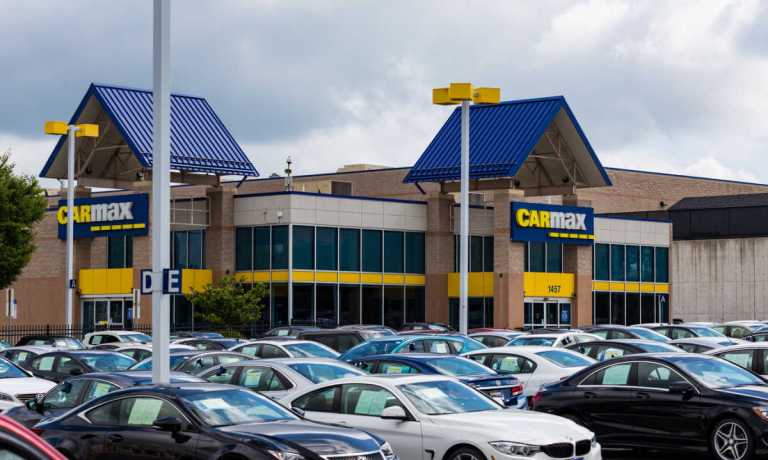
As CarMax adapts to a shifting automotive landscape, the company is focused on improving the customer experience to maintain its leadership as the nation’s largest used car dealer.
Despite a 12.7% decrease in wholesale sales (where vehicles are auctioned off to auto dealers), CarMax on Thursday (Sept. 26) reported a 2.9% increase in overall vehicle sales for the second quarter ending Aug. 31. CEO Bill Nash emphasized the company’s priority on creating a seamless, omnichannel shopping experience is vital to its strategy moving forward.
“We are pleased with the continued improvement of the business in the second quarter, which reflects the positive impact of our durable actions to further differentiate the value and experience we offer associates and customers,” Nash said during the earnings call.
CarMax’s recent initiatives aim to make the car-buying process more intuitive for consumers, particularly as many shoppers now prefer to blend online and in-store experiences, he said. The rollout of digital progression tools has been an integral part of this strategy, allowing customers to initiate their journey online and transition into physical locations when needed. By improving the order processing system, CarMax aims to ensure that customers receive consistent service whether they start online or in-store.
“We just rolled it out everywhere recently,” Nash said. “It makes it more seamless whether you start in the store or start online. It’s a benefit for customers and associates. We feel it’s a better customer experience and it will pay off in the future because consumers will continue to want it more. Centralizing key functions will help us. The omnichannel selling model continues to be more efficient.”
Nash shared insights into how these enhancements are designed not just for convenience but also for long-term engagement. The upcoming shopping cart feature will allow customers to log into their CarMax accounts and view their entire transaction history, guiding them through each step of their buying journey. This integration of technology is designed to create stronger connections between CarMax and its customers, encouraging them to return for future purchases.
CarMax saw a 5.1% increase in retail used unit sales and a 4.3% rise in comparable store sales. Online retail sales accounted for 15% of retail unit sales, compared to 14% in the second quarter of last year. Revenue from online transactions, including retail and wholesale unit sales, was $2.0 billion, or approximately 29% of net revenue, down from 31% in last year’s second quarter primarily due to the decline in the average wholesale selling price. Average selling prices for both used vehicles and wholesale vehicles were both down by 4.6% and 12.9%, respectively.
CarMax is also focused on improving its Auto Finance division. While the company reported a 14.4% decline in income, to $115.6 million, from CarMax Auto Finance due to an industry-wide increase in loan loss provisions, Nash told stakeholders the platform is equipped to manage these challenges, including tightening lending standards. The introduction of the Finance Based Shopping tool has enabled more than 80% of customers to receive quick credit decisions, thus removing friction from the buying process.
“We feel good about where we sit,” Nash said. “We’ve got to be cautious and careful. We feel good about what is on our books.”